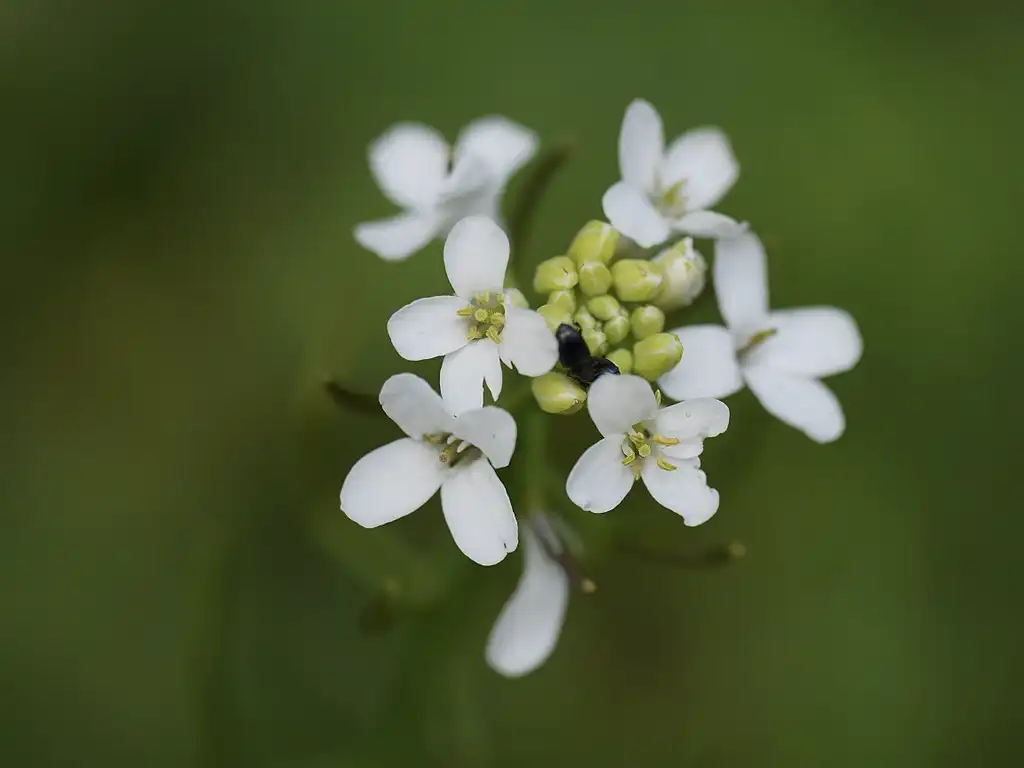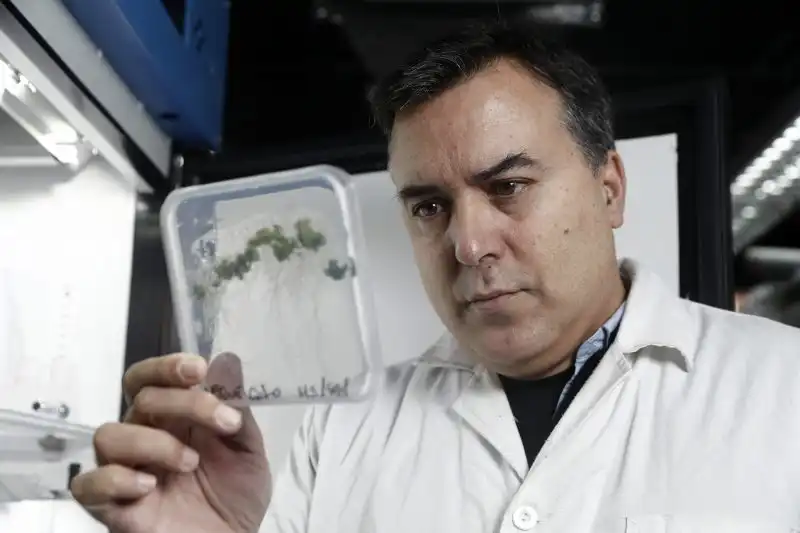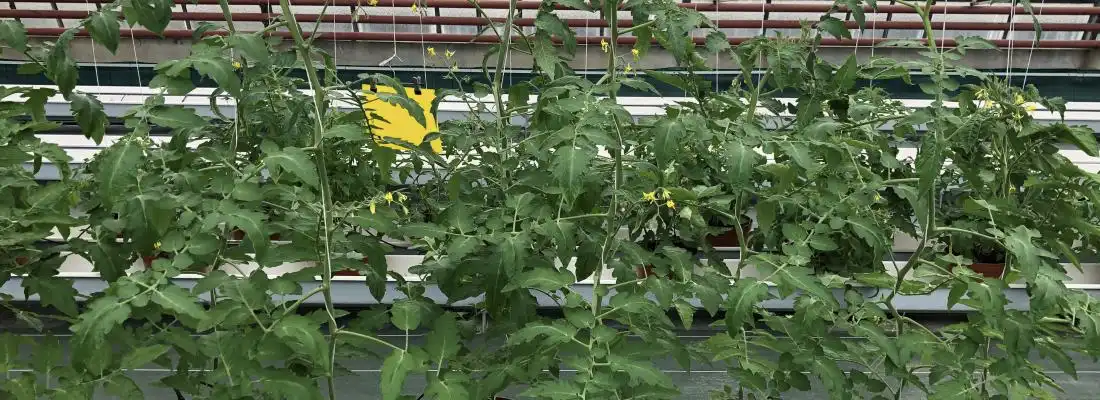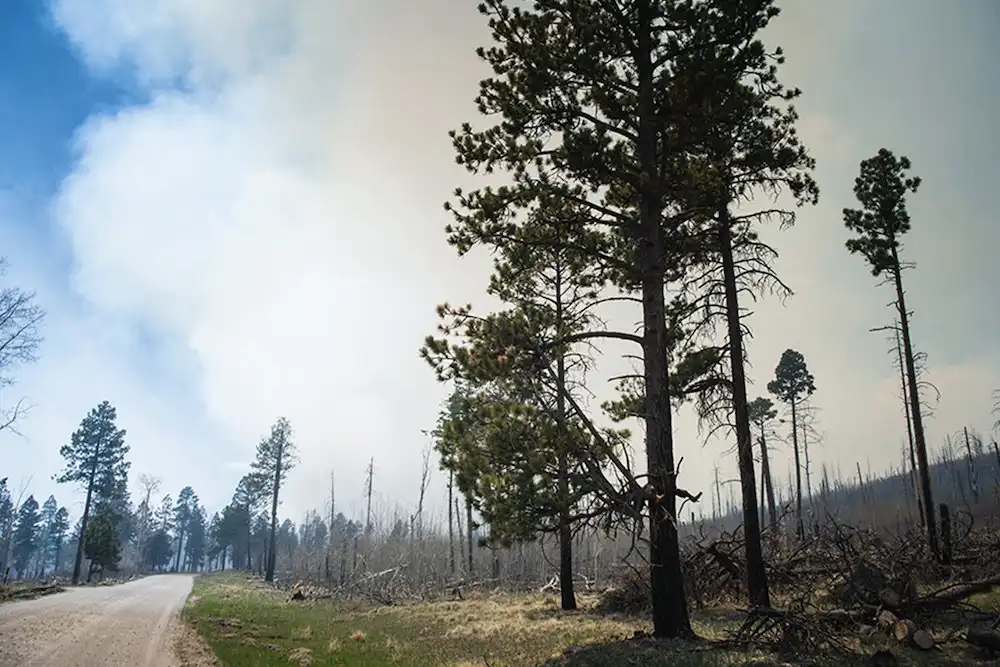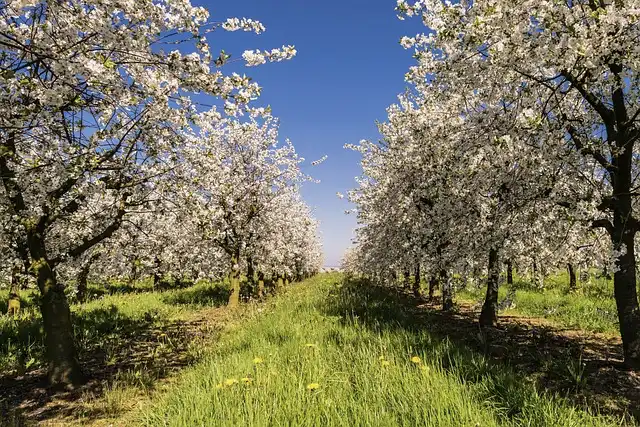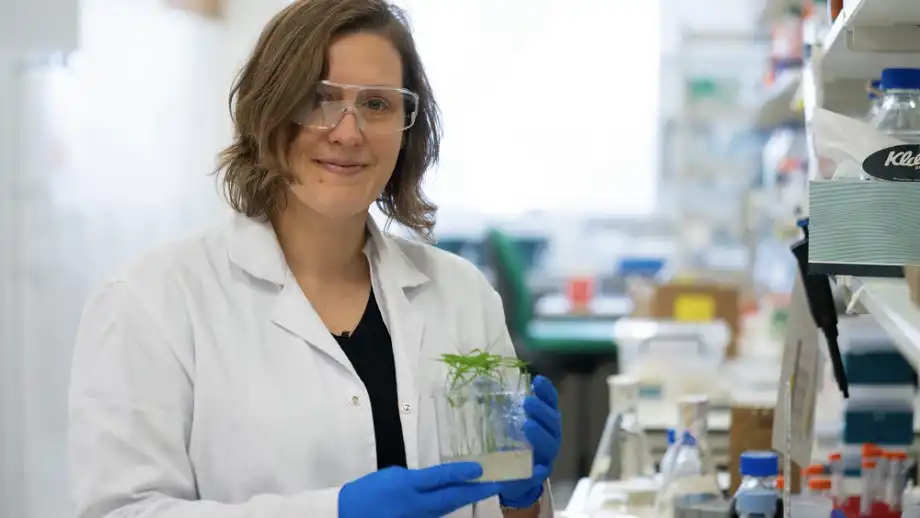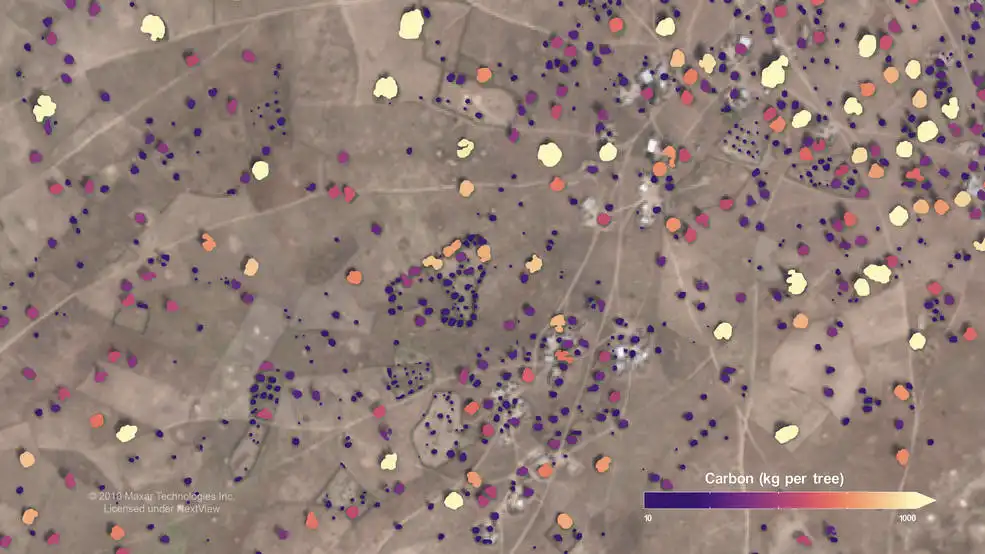
Using commercial, high-resolution satellite images and artificial intelligence, an international team mapped almost 10 billion individual trees in Africa’s drylands to assess the amount of carbon stored outside of the continent’s dense tropical forests. The result is the first comprehensive…
Read More


